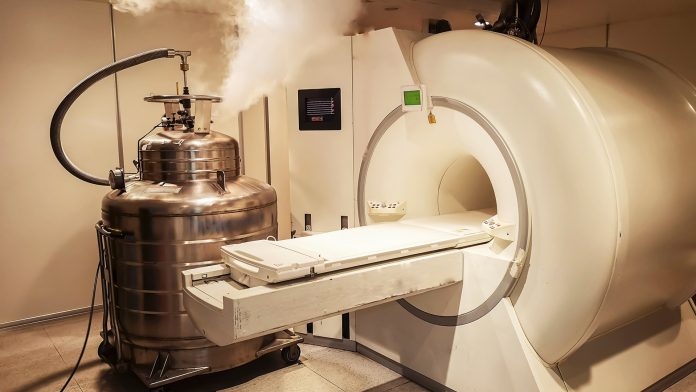Innovation News Network explores how the worldwide helium shortage is impacting the medical devices industry and the steps that must be taken to overcome this important global issue.
In recent years, an ongoing shortage of helium has been affecting a wide range of industries. Pulsar Helium, an industry-leading helium development company, is working expeditiously to remedy these supply chain issues. Pulsar’s premier Topaz and Tunu helium projects, located in the US and Greenland, respectively, can potentially yield some of the highest-grade helium globally. Projects such as Pulsar’s will be instrumental in reinforcing global helium supplies and overcoming the global helium shortage.
One such industry that is particularly impacted by the helium shortage is the medical devices sector, as this resource serves a critical role in its operation and development. This article will explore how the current helium shortage has affected this industry and what implications it may have for both manufacturers and consumers alike.
Helium is essential to many aspects of modern-day life, from party balloons to magnetic resonance imaging (MRI) machines. In particular, it plays a major role in the medical device industry, providing coolant for lasers used in surgical procedures or being incorporated into other types of equipment used to diagnose or monitor patients’ conditions. As such, any supply disruption can cause delays and contribute to increased costs associated with producing these products.
The current state of affairs provides a unique challenge to those involved in the medical device industry due to their need for reliable access to high-quality and cost-effective helium resources. To gain better insight into this issue, we must first understand why there is a scarcity of helium and how it impacts production processes. Through further analysis, potential solutions may be identified which could ease the burden placed on companies operating within the medical devices field due to this ongoing helium shortage.
What is helium?
Helium is a non-renewable resource that is essential for many medical devices. It is used to create low-temperature environments and maintain the stability of certain electronic components, particularly in MRI machines and other imaging technologies. The ongoing helium shortage, however, has been adversely impacting the medical devices industry.
On the one hand, there are limited sources of helium naturally occurring on our planet; it is mostly found trapped beneath the Earth’s surface in natural gas deposits. On the other hand, considerable amounts of helium have been extracted from these reserves over recent decades due to its numerous industrial applications. This extraction process has led to an imbalance between supply and demand that has caused prices to skyrocket while availability decreases dramatically.
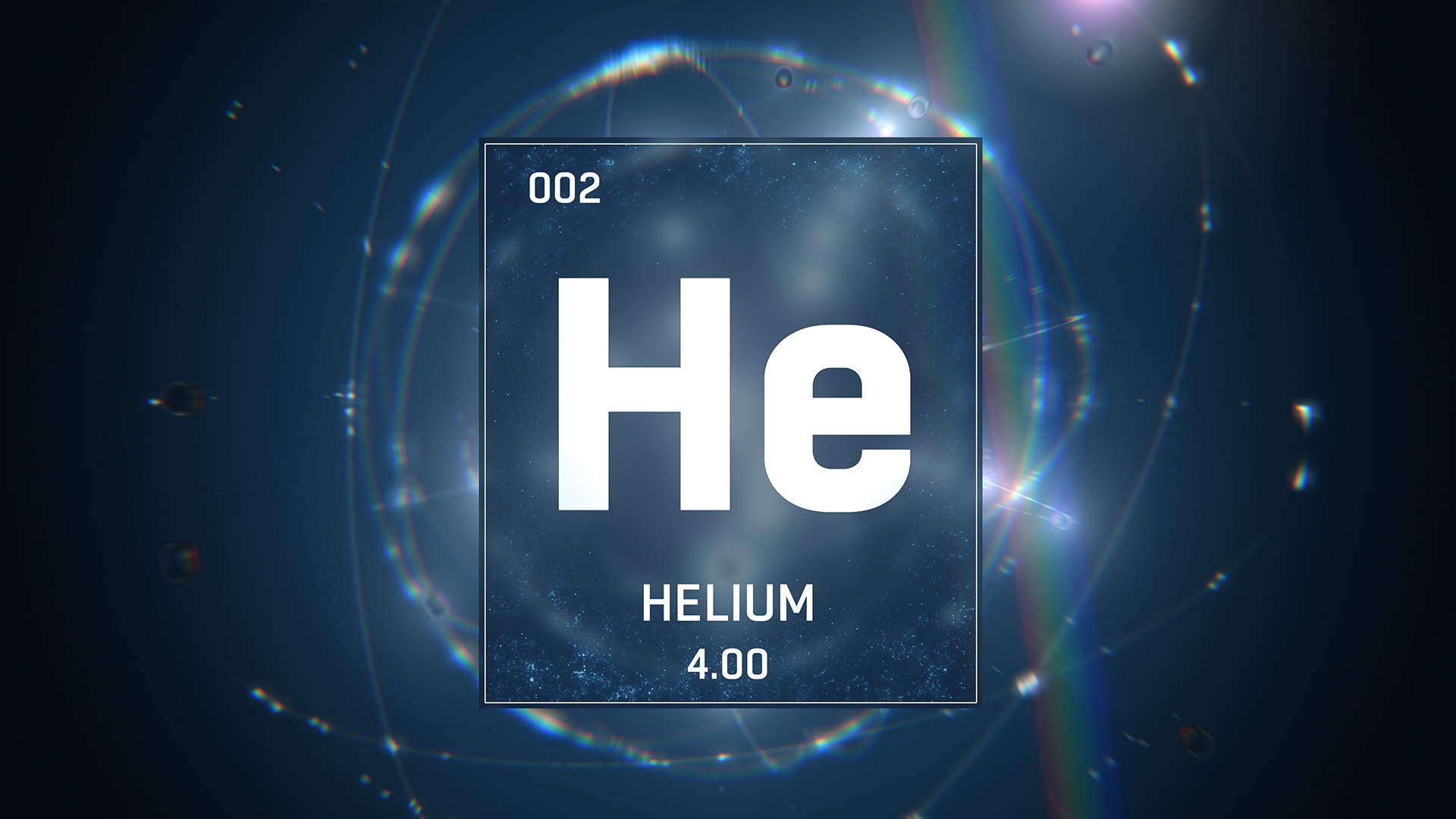
Significant technological advancements are required to reduce our dependence on this finite resource or find alternative solutions to replace its use in medical equipment without compromising safety or efficacy standards. However, until those innovations become a reality, any disruption of supplies could pose severe challenges for manufacturers and healthcare facilities alike.
What has caused the helium shortage
To better understand why this shortage exists, it is important to examine its causes. First, one of the main reasons for the shortage of helium is attributed to global production cuts caused by COVID-19 pandemic restrictions. Many countries have placed limits on industrial activities, resulting in decreased economic activity and fewer goods being produced or sold globally. As a result, companies producing helium could not keep up with demand during this period since there was much less raw material available for them to work with. Additionally, some producers shut down operations altogether due to financial losses from reduced sales and workforce reductions related to COVID-19 measures.
Second, another major cause of helium shortages is related to politics and geopolitical events worldwide. For example, US sanctions against Russia’s Gazprom gas company have significantly restricted supplies coming out of Siberia – where much of the world’s natural gas reserves are located – thus creating further disruptions in availability. In addition, certain Middle Eastern nations such as Qatar have been experiencing political unrest over recent years, hampered their ability to export large amounts of liquefied natural gas (LNG) used to supply liquid helium worldwide.
Finally, the depletion of existing sources has also contributed greatly to current levels of scarcity across markets today. Not only are a few new sources being discovered, but those already present are gradually drying up or becoming more difficult/expensive to access safely and efficiently due to a lack of technological advancements or other factors. All these problems combined have created an imbalance between supply and demand, pushing prices higher than ever before for many essential products, such as MRIs requiring liquid helium cooling systems.
Effects on the medical devices industry
Without access to sufficient quantities of this rare gas, manufacturers cannot produce high-quality products for hospitals and healthcare professionals. As demand has increased due to the ongoing pandemic, supplies have become increasingly limited. This lack of availability has resulted in rising costs and delays in production and delivery times. Without access to affordable and reliable sources of helium, companies are struggling to keep up with customer needs while maintaining their margins. These issues can impede patient diagnosis and treatments, resulting in poorer outcomes and higher mortality rates across the board.
To address these challenges, governments must prioritise investments into new sources of helium supply, such as geothermal extraction or air separation plants, to ensure adequate availability for the medical devices industry. Additionally, further research should be conducted into alternative materials that could replace helium within certain applications, giving manufacturers more options when sourcing components.
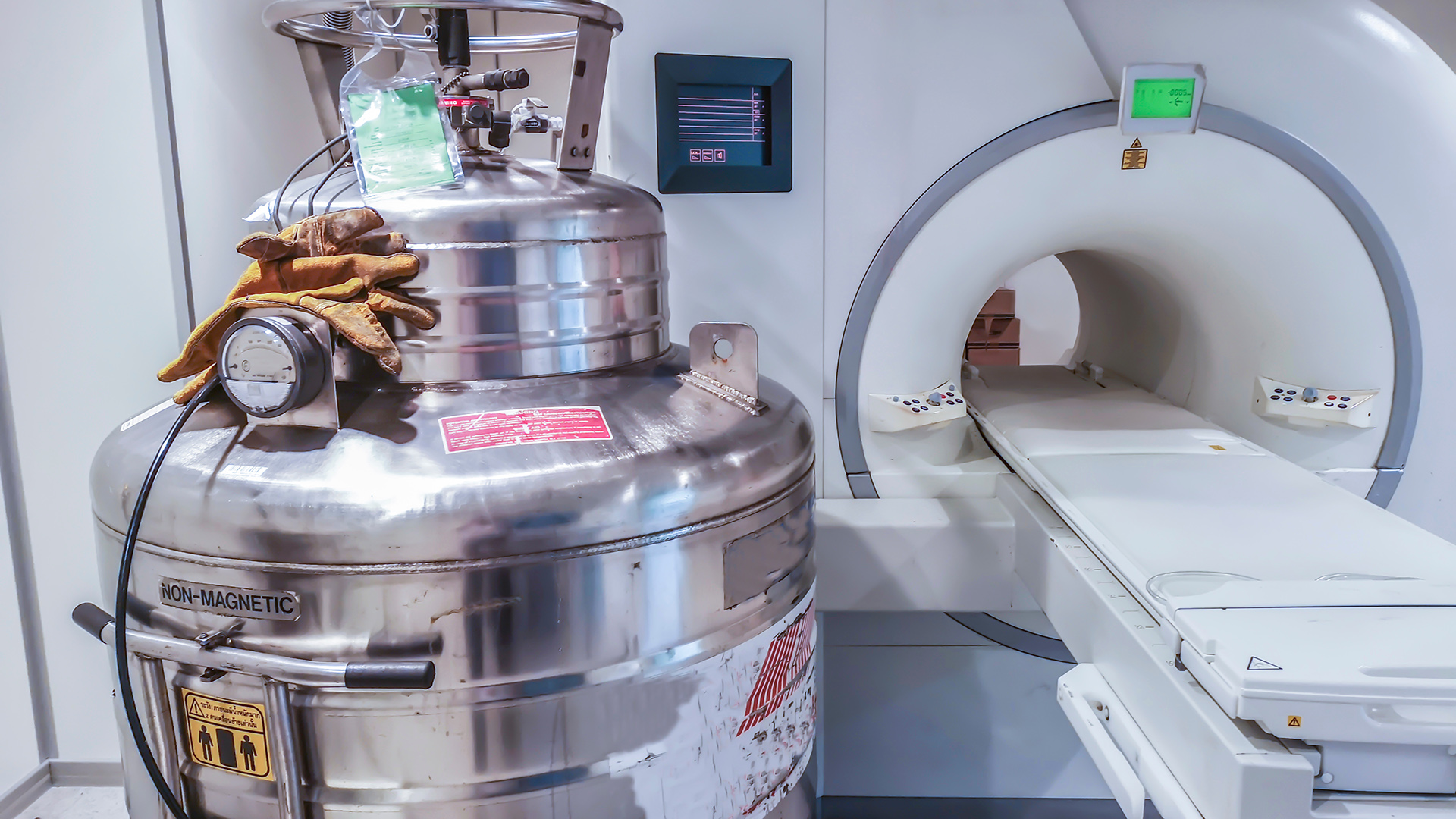
To mitigate these issues, many medical device companies have shifted their focus toward alternative gases, such as nitrogen or argon, that can replace helium in certain applications. While this does not fully offset losses related to price hikes and component delays, it provides a short-term solution until new sources of helium become available or existing reserves increase enough to meet demand levels again. Taking proactive steps now can help guarantee a secure future for our healthcare systems and those who rely upon them.
Price increase of helium
The helium shortage has caused prices to skyrocket. To illustrate the magnitude of the issue, it can be likened to an unwanted guest who refuses to leave – with each passing day, the impact of rising helium costs becomes increasingly detrimental.
The medical device industry has not been immune to these price increases; they have had to adapt their purchasing strategies due to ever-changing availability and cost. Many manufacturers are stockpiling as much helium as possible while simultaneously trying to manage budget constraints and find alternative sources. However, despite best efforts, many companies have experienced difficulty obtaining sufficient quantities of helium at reasonable prices. This limited access and escalating costs lead to significant financial losses for those involved in the production process.
As a result, businesses have sought other options, such as cryogenics or air cooling systems that do not require helium use but may not yield optimal performance results. Given current market conditions, companies must weigh up potential benefits versus risks when deciding whether or not to switch from traditional methods involving helium usage. Ultimately, decisions should be based on what works best for individual businesses to achieve desired outcomes without incurring excessive expenses.
Alternatives to helium
As the ongoing helium shortage continues to cause a price increase of this essential element, medical device manufacturers are being forced to look for alternative solutions. While other elements can be used in many applications requiring pressurisation, they often come with drawbacks or cannot provide the same level of performance achieved when using helium. Therefore, understanding these alternatives and their respective advantages and disadvantages will help medical device companies make informed decisions about how best to manage the current scarcity.
One popular option for replacing helium is nitrogen gas; however, it does not offer the same thermal stability or flow rate as helium in most cases. Additionally, nitrogen is more expensive and requires specific handling procedures due to its toxicity levels at high pressure. In some instances where thermal stability is not required but precise control over pressure is needed—such as cryogenic cooling systems—nitrogen may be suitable for use instead of helium.
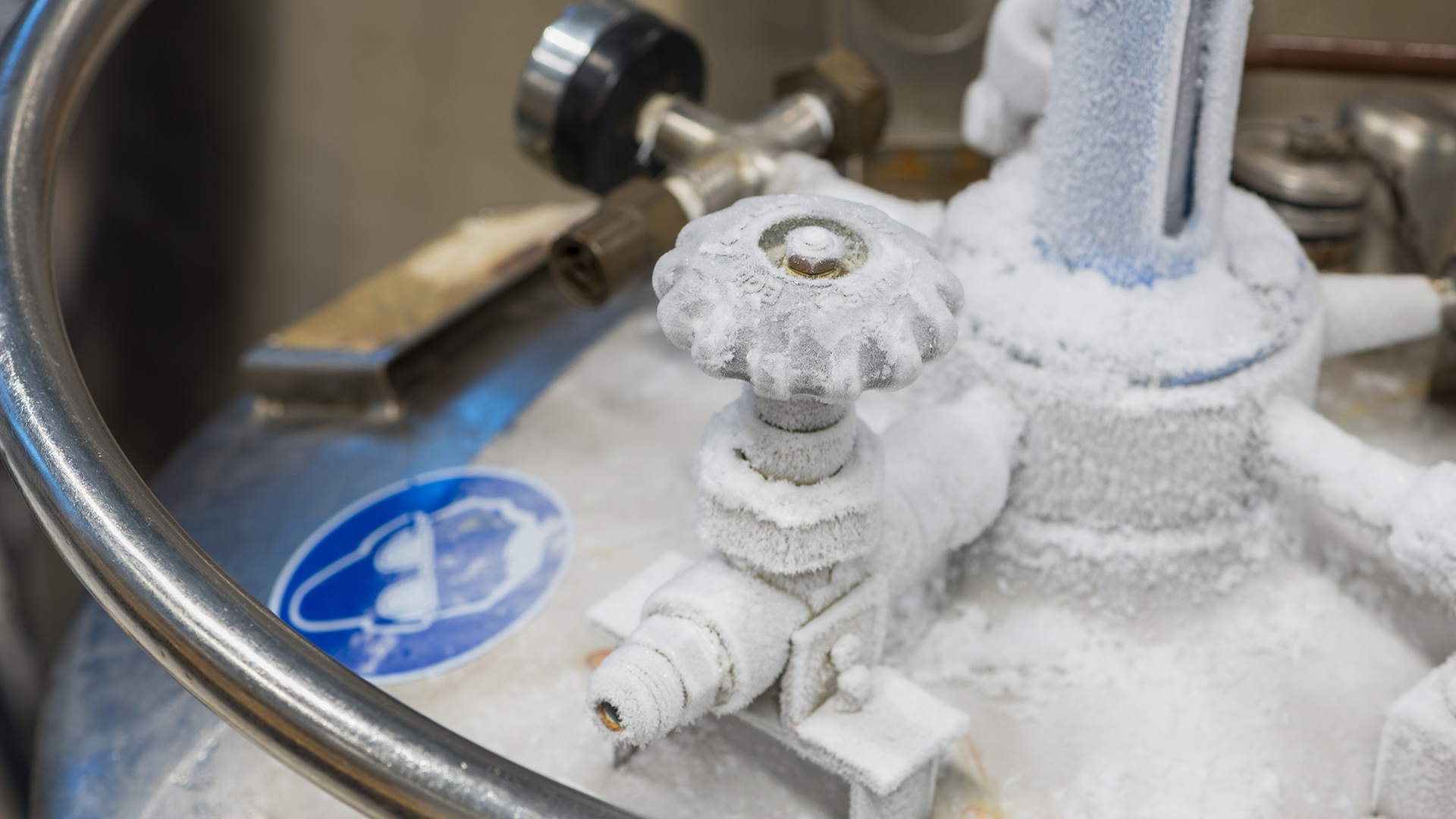
Another possible solution for medical device manufacturers dealing with the shortage of helium is argon gas; although it offers greater thermal stability than nitrogen, it does not have quite the same level of thermal efficiency as helium. Furthermore, while argon has a lower cost compared to nitrogen and higher safety ratings than both gases because it’s non-toxic even under high-pressure conditions, its application range remains limited, so there are certain areas where it simply won’t work effectively.
One proposed solution has been to use hydrogen instead of helium as an inert gas in MRI scanners. However, this substitution presents its own problems due to safety concerns surrounding flammability risks associated with using hydrogen. Additionally, hydrogen requires more energy than helium meaning higher costs are likely incurred by healthcare providers if they choose to go down this route – a price tag that may not always be feasible or desirable.
This leaves us with few options; nothing appears quite like helium when it comes to providing safe and reliable results within the medical sector. To replace existing uses of helium in medical devices without compromising on quality or usability, careful consideration needs to be given when selecting an alternate element. Through thorough research into each option available and assessing which one meets all requirements for a particular application—including functionality, safety measures, cost-effectiveness and environmental impact—manufacturers can determine what alternative would best suit them during this time of shortages.
Impact on research and development
The helium shortage has significantly impacted research and development. Helium is used extensively during R&D processes to simulate real-world conditions and test prototypes for durability. As such, its scarcity can greatly impede progress; when researchers don’t have sufficient supplies, they cannot accurately gauge how their products will perform in clinical settings.
The effects are not limited to testing either; without helium, many other aspects of product design become more challenging. For example, creating reliable seals or precise measurements may require the use of highly specialised equipment that uses helium as an inert gas or coolant. This lack of resources could lead to unexpected problems further down the line if engineers aren’t able to fully evaluate their designs beforehand.
Clearly, this current crisis has caused numerous complications within the medical device sector when it comes to researching and developing new technology. Companies now need to consider additional costs and potential hazards while adapting old methods or searching for creative approaches towards tackling current challenges – all thanks to an ongoing shortage of what was once considered an abundant resource.
Government regulations
Government regulations play an important role in examining the helium shortage and its effects on the medical devices industry. Globally, many countries have adopted a range of policy measures to manage their use and export of helium. These policies take different forms depending on the country or region in question, but they all aim to ensure that any remaining supplies are used judiciously. In Europe, for example, governments impose taxes on exports and limit access to domestic reserves for commercial purposes. Additionally, restrictions may exist regarding how much can be exported without first obtaining an appropriate permit from authorities.
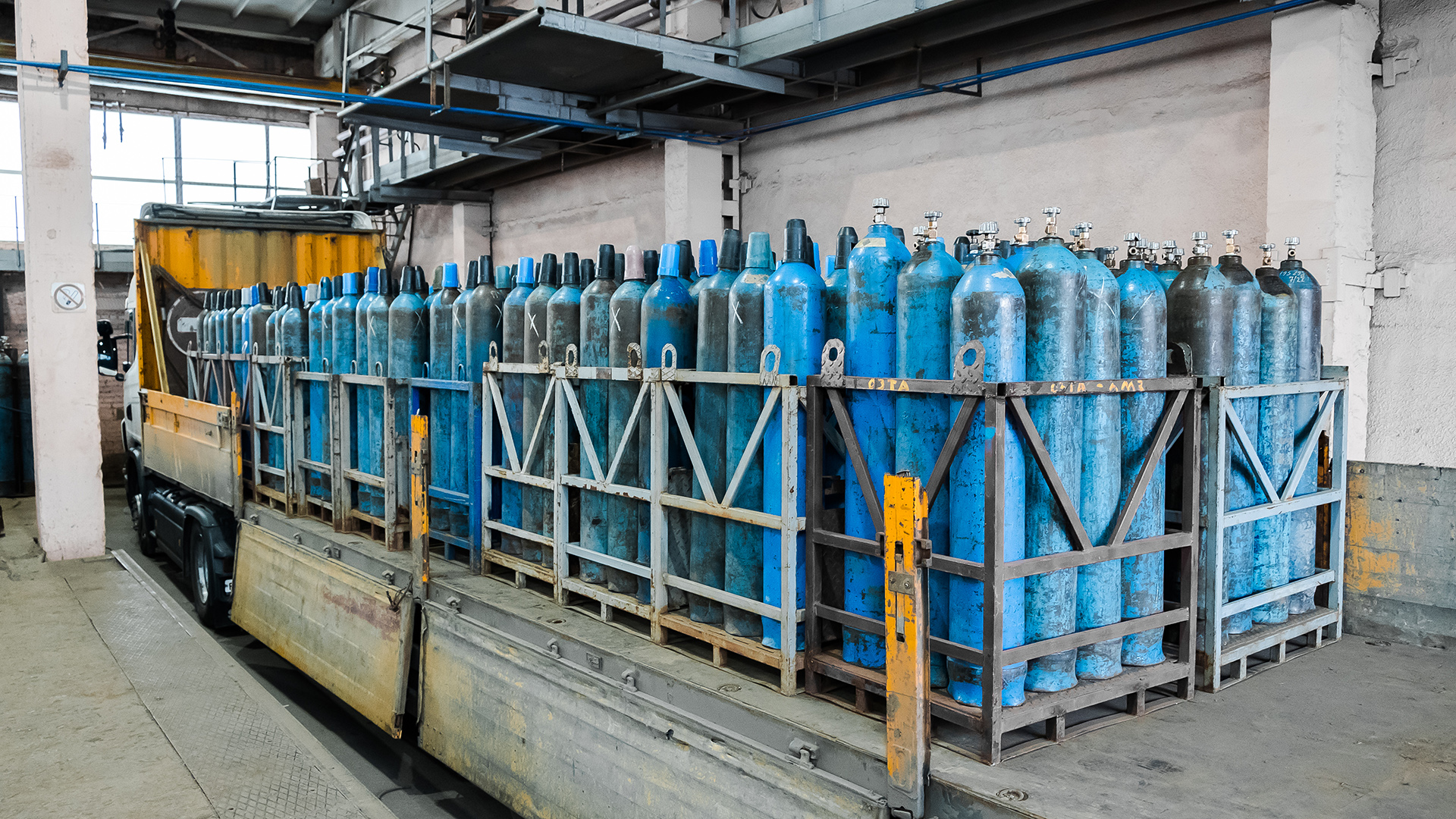
Meanwhile, in some parts of Asia, such as India, there is also increasing scrutiny placed upon companies looking to export helium abroad due to fears about depleting reserves within their own boundaries. To this end, Indian officials recently announced plans to increase tariffs on imported helium-containing products by up to 10%. This move was intended as a way to protect local resources while generating additional revenue through increased taxation.
As these examples demonstrate, governments around the world are taking proactive steps to regulate the production and distribution of helium more stringently than ever before. Such moves are essential to mitigate the impact of this critical resource’s dwindling availability. Sadly it looks increasingly unlikely that current efforts will be enough.
Crisis management strategies
The helium shortage has caused manufacturers to devise strategies for managing it. The first strategy is developing an alternative supply chain. Companies are seeking out new sources of helium and diversifying their suppliers so that they can minimise disruptions if one source fails. They are also looking into cheaper options, such as buying liquid nitrogen instead of helium or using other gases like hydrogen and carbon dioxide for some applications.
Another strategy is increasing production efficiency by reducing waste and recycling whenever possible. Manufacturers are utilising technologies such as ultra-high purity purifiers, which enable them to reduce their consumption of helium while still producing quality products. Additionally, companies are encouraging employees to find innovative ways to conserve resources and maximise efficiency within the manufacturing process.
Finally, many manufacturers have adopted long-term risk management plans, including setting aside funds for emergencies such as natural disasters or unexpected market fluctuations when supplies become scarce again. These companies also ensure that all areas of their operations comply with government regulations on procurement, storage, transportation and use of hazardous materials like helium gas.
Emergency stockpiling plans
To protect their operations, some companies have implemented emergency stockpiling plans. This includes short-term measures, such as purchasing additional reserves, and long-term strategies, like investing in alternative technologies that do not require the use of helium.
Short-term stockpiling involves acquiring extra helium supplies from existing sources or securing guaranteed delivery contracts with suppliers. Companies are also trying to reduce wastage by implementing strict controls on usage and ensuring efficient storage procedures. These measures can help ensure they have enough resources to meet their current needs while also providing some protection against potential future shortages.
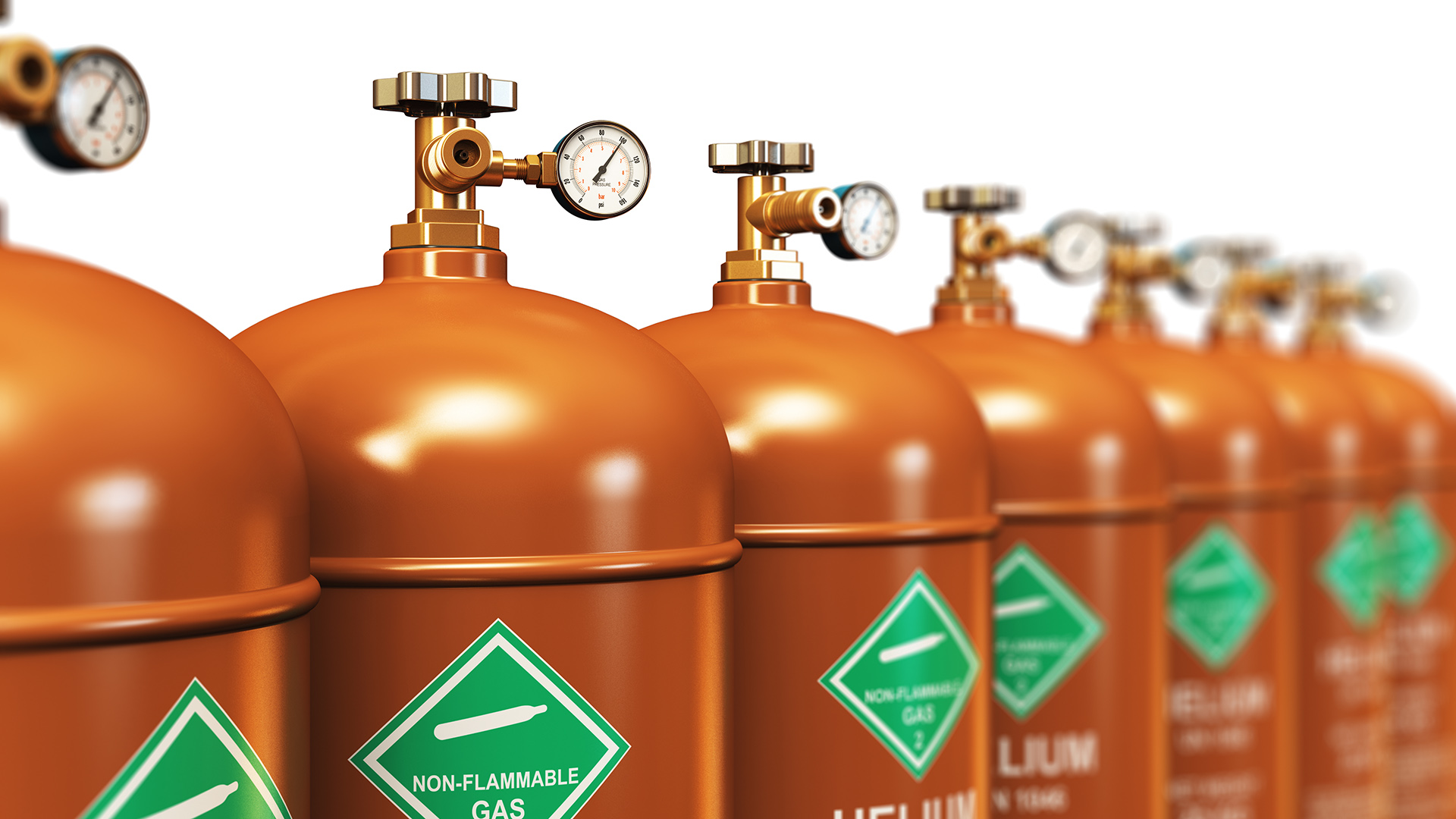
For a more sustainable solution, many businesses are exploring other options for powering their devices without relying solely on helium. For example, air cooling systems may be used instead, which offer greater efficiency and cost savings over time compared to using the gas. Additionally, manufacturers may turn to renewable energy sources such as solar power for certain applications where it is feasible. By leveraging these alternatives alongside traditional methods, organisations can significantly mitigate the impact of any future disruptions in the supply chain.
It is clear that medical device makers must take proactive steps now to safeguard themselves against this growing crisis; otherwise, there could be serious ramifications down the line if sufficient stocks are not available when needed. Fortunately, with careful planning and strategic investments into new technologies, organisations can ensure they remain well-equipped despite the rising demand for helium worldwide.
Solutions to the shortage
One possible solution to the helium shortage would be for producers of medical device components to switch from helium-based cooling systems to more traditional hydrocarbon refrigerants like ammonia and carbon dioxide. Although these methods may not provide as efficient cooling, they are much safer and can offer some economic advantages if implemented correctly. Additionally, manufacturers could focus on using chemically inert materials such as PCTFE (perfluorinated polymers) that do not require any specialised gases during production.
Another option could involve recycling existing helium supplies instead of relying solely on natural sources. By recapturing used gas and purifying it through distillation techniques, companies can reduce their dependence on finite resources while reducing costs associated with new purchases. However, it should be noted that although this approach may have its benefits, there is still uncertainty regarding the effectiveness of such strategies, given the limited data available.
In light of these considerations, it is clear that further research is needed before viable solutions can be found for the ongoing helium shortage impacting the medical devices industry. Further studies into alternate technologies and improved recycling practices need to take place to ensure safety standards are maintained while providing cost savings for businesses affected by the scarcity of this precious resource.
Investing in new technology
The global helium shortage has resulted in hospitals investing heavily in expensive new technologies less reliant on helium for cooling processes. One such technology is cryo-cooling, which utilises electric current instead of gas components. The electrical component reduces the need for scarce resources like helium while allowing medical devices to maintain the low temperatures required for optimal performance. This advancement presents an opportunity to reduce operating costs by eliminating recurring expenses associated with purchasing and storing large amounts of physical gases.
In addition, advanced nanotechnologies have enabled scientists and engineers to create miniature superconductors that operate at extremely high frequencies but can be cooled using a small amount of liquid nitrogen or water vapour rather than traditional gasses like liquid helium. These advances also promise to reduce energy consumption and overall operational costs associated with medical equipment in healthcare settings. With further investment into these technologies, we may soon live in a world where medical devices no longer overburden our natural resources for efficiency.
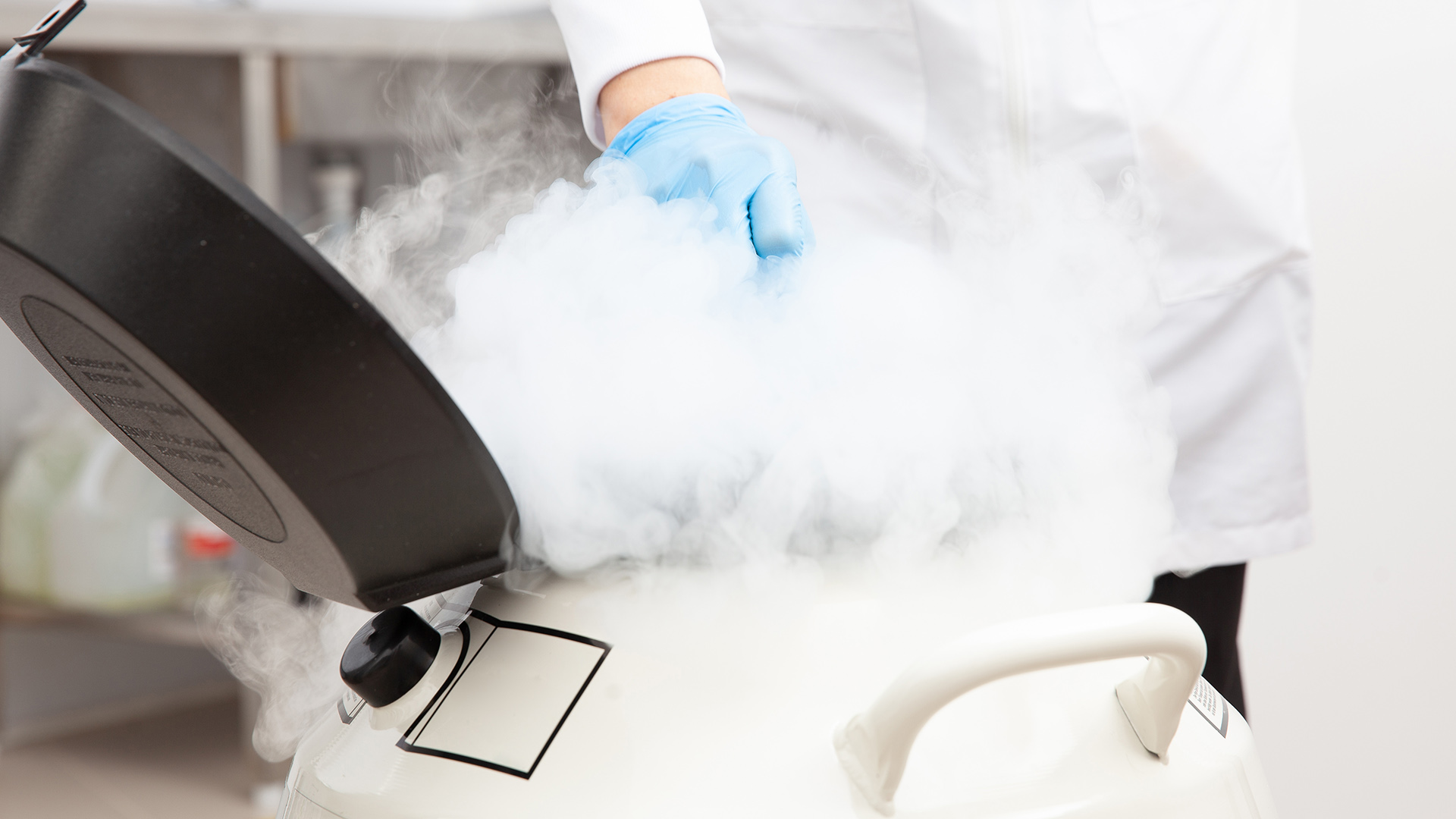
The long-term outlook for helium
The helium shortage has had a major effect on the medical devices industry, and its implications could be felt for years to come. The cause of the ongoing crisis can be linked to global supply chain issues, which have caused prices of this precious element to increase dramatically. Companies in the medical sector are now investing in new technologies in an attempt to reduce their reliance on helium, and emergency stockpiling plans have been implemented.
In spite of these measures, there is still uncertainty surrounding the long-term outlook for helium. Health authorities may find themselves struggling with limited resources if the situation does not improve soon. Furthermore, other sectors that rely heavily on helium, such as scientific research, might also suffer due to a lack of access to this vital resource.
Ultimately, it is clear that more needs to be done to secure our future supplies of this valuable commodity, or else risk grave consequences for both economic and public health-related matters. Through greater awareness and investment into innovation, we may yet succeed in mitigating any further damage from this contemporary issue alluding to us today.

